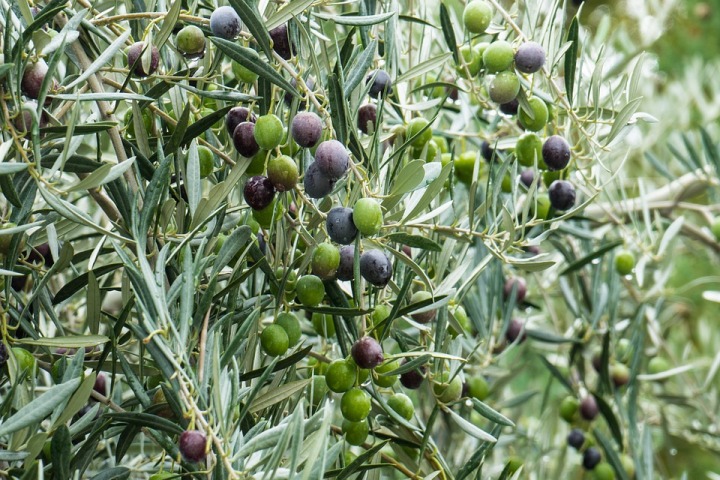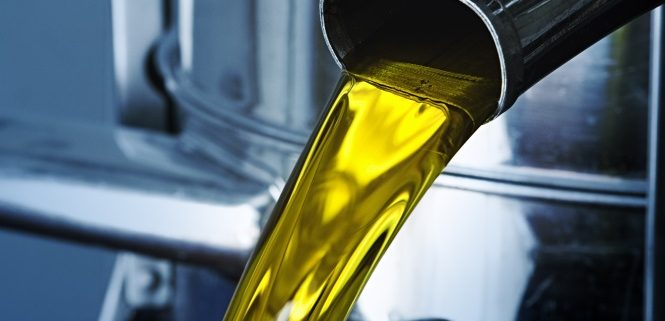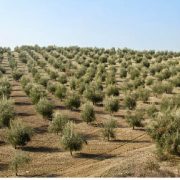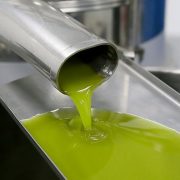Olive oil continues to grow in export and production, ending February with 153,300 t.
Olive oil continues its positive trend in exports and production, closing February with 153,300 t, according to data from the latest olive oil market bulletin, published by the Ministry of Agriculture and Fisheries, Food and Environment (MAPAMA). It analyzes the data provided by the Food Information and Control Agency (AICA), as well as the market situation, whose data show an increase in available resources.
The growth of the olive production in February to 153,300 t., Has meant that the accumulated of the campaign (1,232,900 t) is 14% above the average of the four precedents to the same date
The bulletin of the month of March also shows the good performance of the marketing which, with 615,800 tons, exceeds the average by 9% and by 16% the previous season, due to the significant increase in the foreign market .
The 402,200 tonnes exported until the end of February 2017 are 18% higher than last year and 32% higher than the average of the previous four
The significant decline in the harvest in other producing countries is directly influencing the increase in external demand.
As for prices at source, in recent weeks they have been rising, but more moderately. In our country they are still below other markets around us.
On the other hand, the Ministry has also proceeded with the publication of the foreign trade bulletin board table for the period from the beginning of the campaign (Sept-16) at the end of the year (Dec-16). In the same one it shows the important revaluation of our exports, with higher unit values of the last years, and increase of the articles of olives with a greater added value.
Although imports are insignificant in this sector, as it appears in this bulletin, they have had a sharp decrease, both in value and volume.
Marketing of Olive Oil
The 1,232.90 tons of olive oil produced until February 28 represent 10% less than the one obtained last season. The ground olive has been 6,263,102 tonnes, with an average yield of 19.67%, 0.8 points below that of last season at the same dates. Imports, with provisional data for the month of February are estimated at 42,100 tonnes.
Exports, with data still tentative for the month of February, are estimated at 402,200 tonnes, up 32% on the previous season and 18% on the average for the last four seasons
The average monthly output in this period was 80,440 tonnes.
The apparent domestic market has reached 213,600 tonnes, down by 7% from the previous season and by 5% compared to the average of the previous four marketing years. The average monthly output in these five months has been 42,720 tonnes.
Total marketing, including the apparent domestic market and exports, has reached 615,800 tonnes, an increase of 16% over the previous season and 9% over the average of the last four
The average monthly departures for this period was 123,160 tons.
The total stock volume is 990,200 tonnes, which has increased by 1% over the average of the previous four seasons. In the mills, 773,200 tonnes are stored, an increase of 3% compared to the average of the previous four, in the FPCO 32,500 tonnes while in the bottlers, refineries and operators there are another 184,500 tonnes.
Marketing of Table Olives
The 2016/17 table olive season began with stocks at 1 September of 341,250 tonnes, up 17% on those of the previous season.
Production during the first half of the year was 594,730 tonnes, which represents a decrease of 1% compared to last season.
The total sales volume was 233,080 tonnes, 151,920 tonnes for export and 81,160 tonnes for the domestic market. Overall marketing has decreased by 5% over the previous season
Stocks as of 28 February are measured at 665,570 tonnes, which leads to a 6% increase over last season.
The olive oil market bulletin for March and the table olive foreign trade bulletin until December 2017 can be consulted at: http://www.mapama.gob.es/es/ganaderia/estadisticas/mercados_agricolas_ganaderos.aspx
Source: MAPAMA
YOU MIGHT ALSO LIKE :
➡️The high oleic production in January points to a delay of the campaign

















